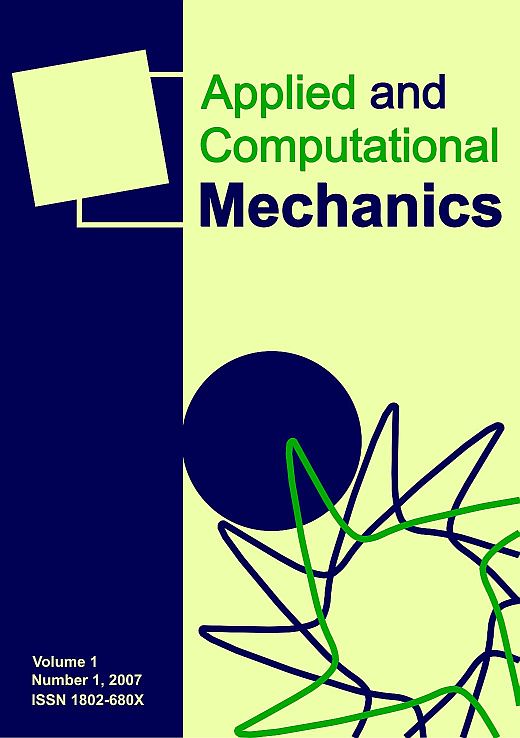A fundamental investigation of the interaction and impact of controlled torque ripples on gear mesh dynamics
DOI:
https://doi.org/10.24132/acm.2023.838Keywords:
gear whine, FxLMS controller, vibration controlAbstract
Gear trains are plagued by self-excited vibrations that are concentrated at the mesh frequency and its harmonics due to their varying mesh stiffness and deviations from the ideal involute profile. This is even more pronounced in spur gears due to their lower contact ratio in comparison to helical gears. For an electric vehicle, due to the absence of an internal combustion engine, noise and vibration signature of the gearbox becomes an important aspect of the vehicle's comfort. However, the presence of a traction motor offers the advantage of having a potential actuator for actively countering these vibrations without adding any additional weight or packaging constraints. This paper presents a fundamental insight into the effect of introducing controlled torque ripples at the mesh frequency and its harmonics, on the noise and vibration characteristics, and the efficiency of the gear mesh. The study utilises a dynamic model of a single stage gear train that accounts for the time varying mesh stiffness and sliding friction at the gear teeth contact. This model is used to provide an understanding of gear mesh dynamics and their resulting interaction with the imposed torque ripples. The study demonstrates the positive effects that controlled torque ripples can have on the noise and vibration behaviour of gear trains and the underlying mechanics that govern this improvement.Downloads
Published
31-Dec-2023
Issue
Section
Articles
License
Copyright (c) 2023 Applied and Computational Mechanics

This work is licensed under a Creative Commons Attribution 4.0 International License.
How to Cite
[1]
S. Dave, J. Neufond, R. Nordmann, and S. Rinderknecht, “A fundamental investigation of the interaction and impact of controlled torque ripples on gear mesh dynamics”, APPL COMPUT MECH, vol. 17, no. 2, Dec. 2023, doi: 10.24132/acm.2023.838.







